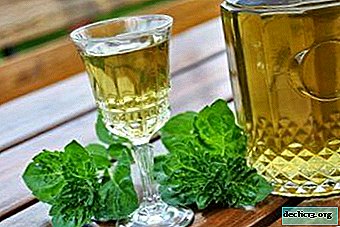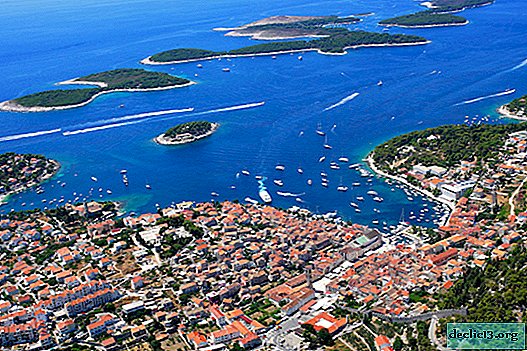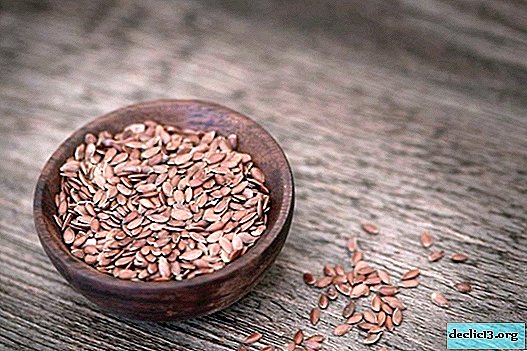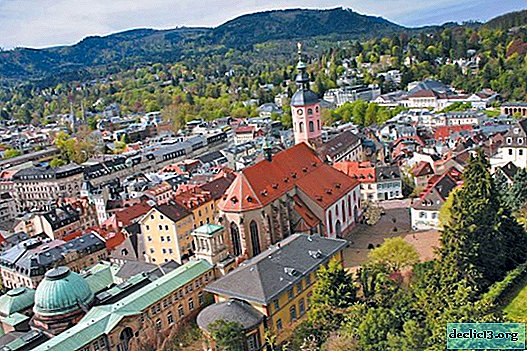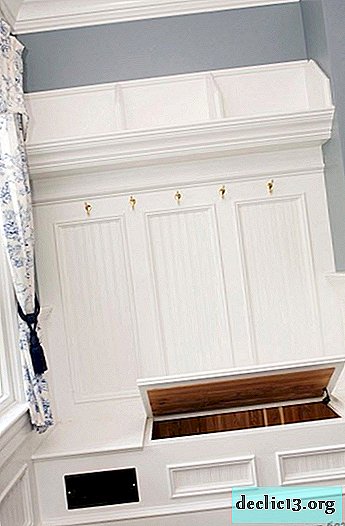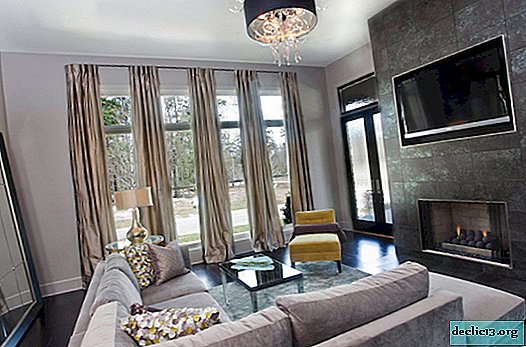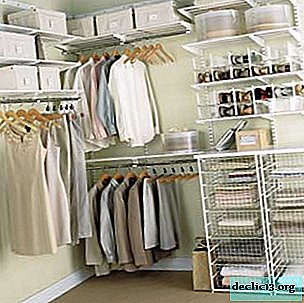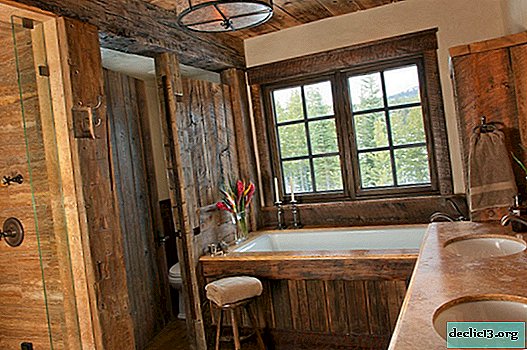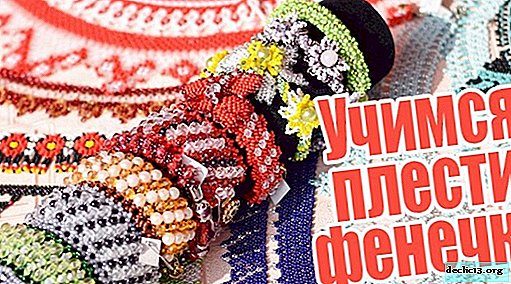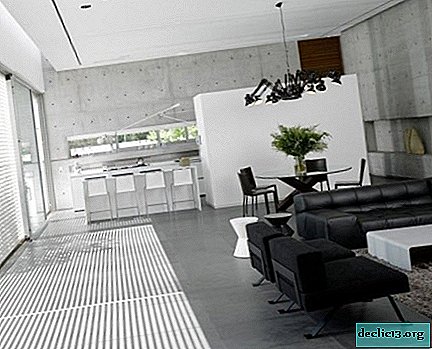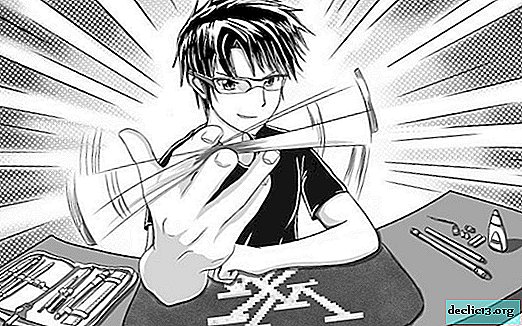Flexible ceramics: styling, description and photo
With the development of new technologies, more and more finishing materials appear that have unique decorative qualities. One such finishing material is flexible ceramics, which have incredible ductility. This material consists of modified clay, which is subjected to cleavage during the heat treatment, it includes a reinforcing mesh, modified cement and adhesive, so the tile can almost be rolled up. The flexibility of the material allows you to design arches, socles and pediments, and not just smooth wall surfaces.
Application area
It is used for mounting on concrete, aerated concrete, brick, various types of insulation. Great for decorating and decorating exterior and interior walls, as well as building foundations. It has a different surface, both smooth, with heat treatment or aged, so each time it can look different in the interior and exterior. The most popular tile size is 560x280 cm and a thickness of 4 mm.
Distinctive properties of flexible ceramics:
- unlike artificial stone, such ceramics are very light and do not give a load on the facade;
- ease of installation: the material is attached to glue for outdoor use, which cannot be done with artificial stone;
- possesses incredible flexibility, which is very appreciated by designers for the design of various complex design forms of buildings;
- resistant to precipitation and temperature difference;
- practically does not burn and is considered environmentally friendly material;
- low price, ease of transportation and handling makes it possible to engage in home decoration of this material independently;
- high service life: this tile will last more than 20 years.
Styling features
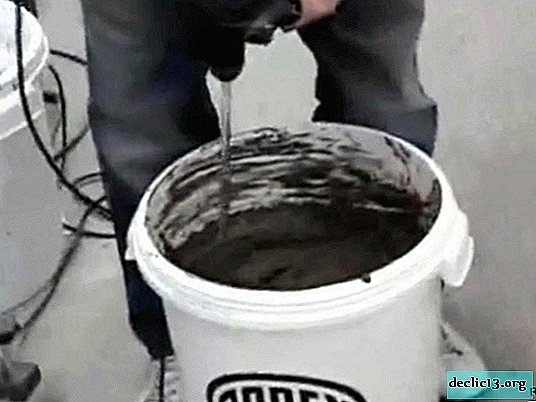
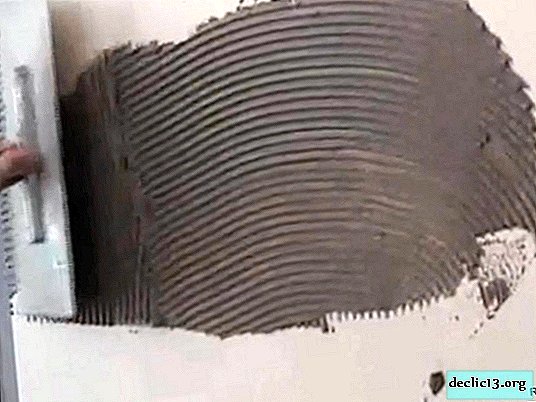
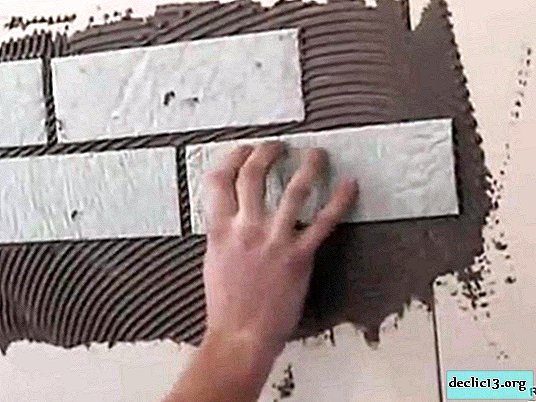
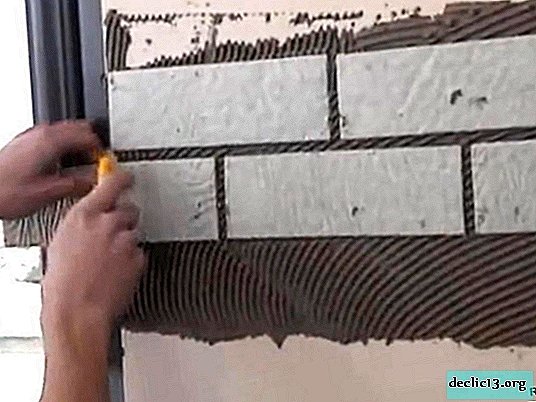


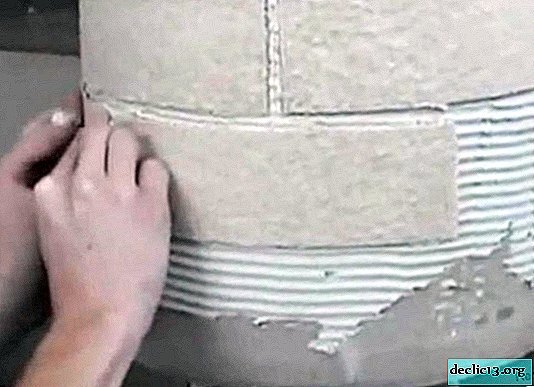
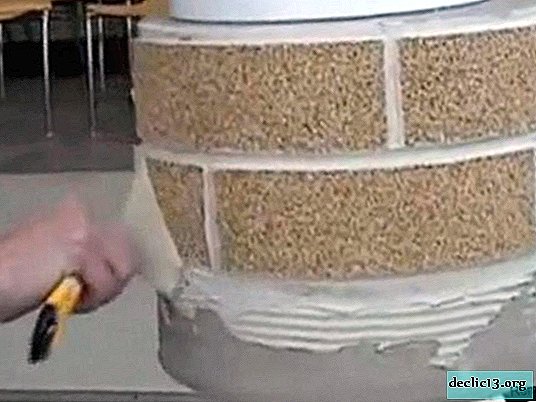
The material is laid similarly to ceramic tiles. First, the surface is leveled and prepared for it, then the surface is wetted with water and cement glue is applied to it. Glue must be applied to both surfaces, the wall and the tile, so prepare the material in advance, and if necessary, cut the tile with metal scissors. It is better to apply it horizontally on the wall and vertically on the tile to ensure better adhesion of materials. Be sure to leave a seam between the tiles. If you need to stick on a complex shape, you need to soak the ceramics or use a hairdryer. If necessary, the material can be washed with water and cleaning products, but without abrasive.
This material can be used to decorate the facades and socles of buildings, as well as inside the house for facing the walls of the corridor, balcony, decorate them with a kitchen apron. Economical, practical, inexpensive and having several types of color solutions, it can be an excellent alternative to conventional ceramic tiles.

